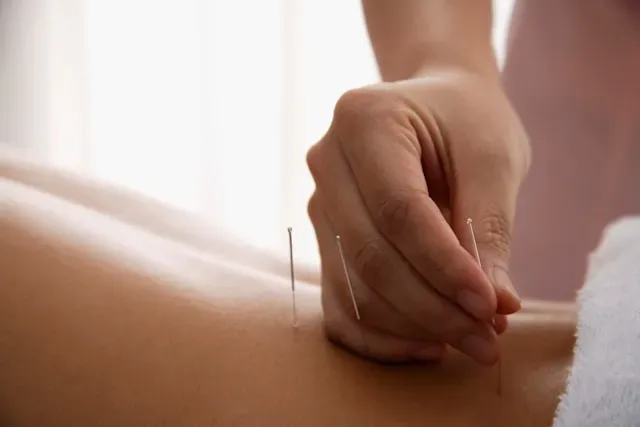
Dry Needling vs Acupuncture
Dive into the differences between dry needling techniques and acupuncture for more informed decisions to improve patient outcomes.
Get Carepatron Free

Dive into the differences between dry needling techniques and acupuncture for more informed decisions to improve patient outcomes.